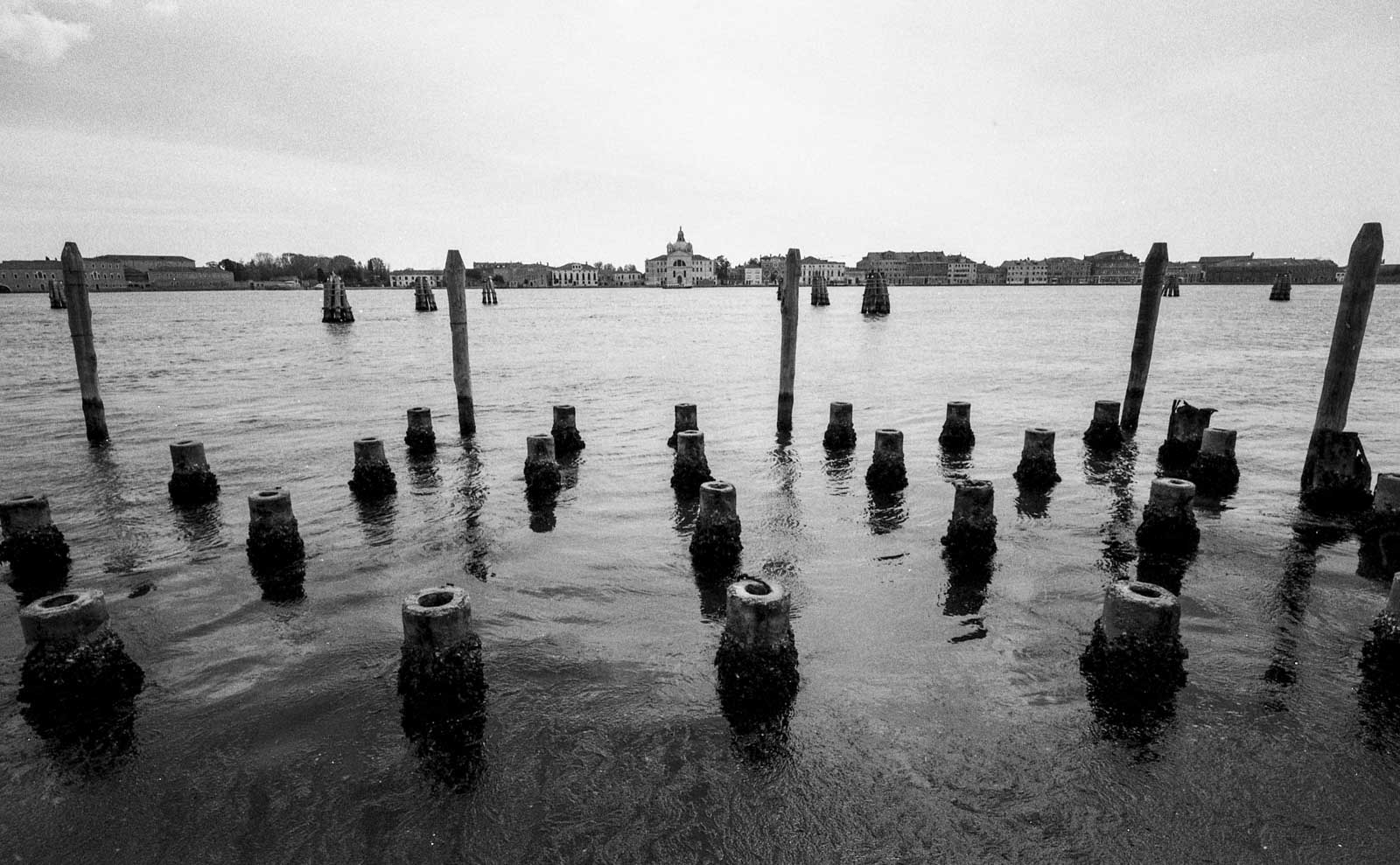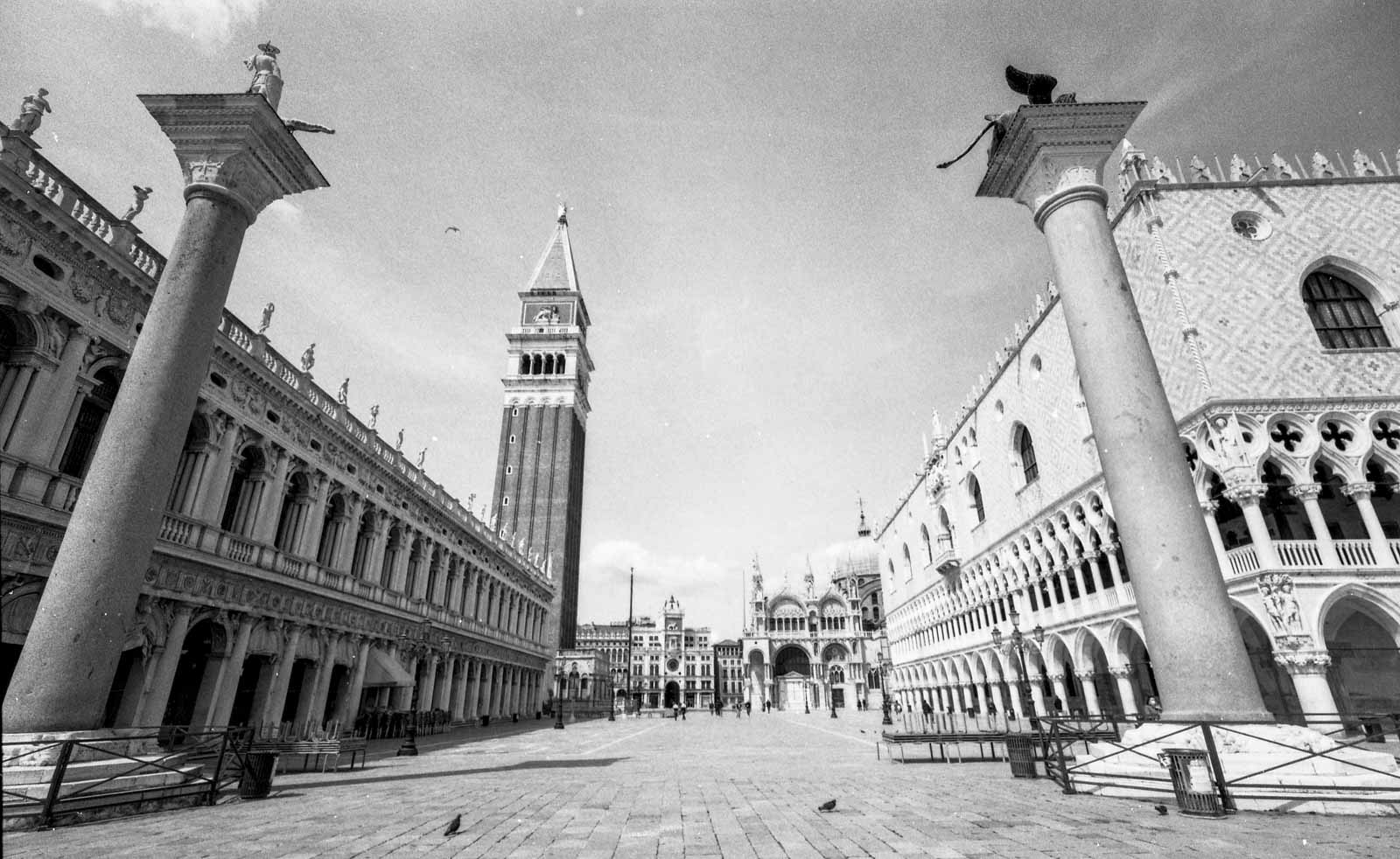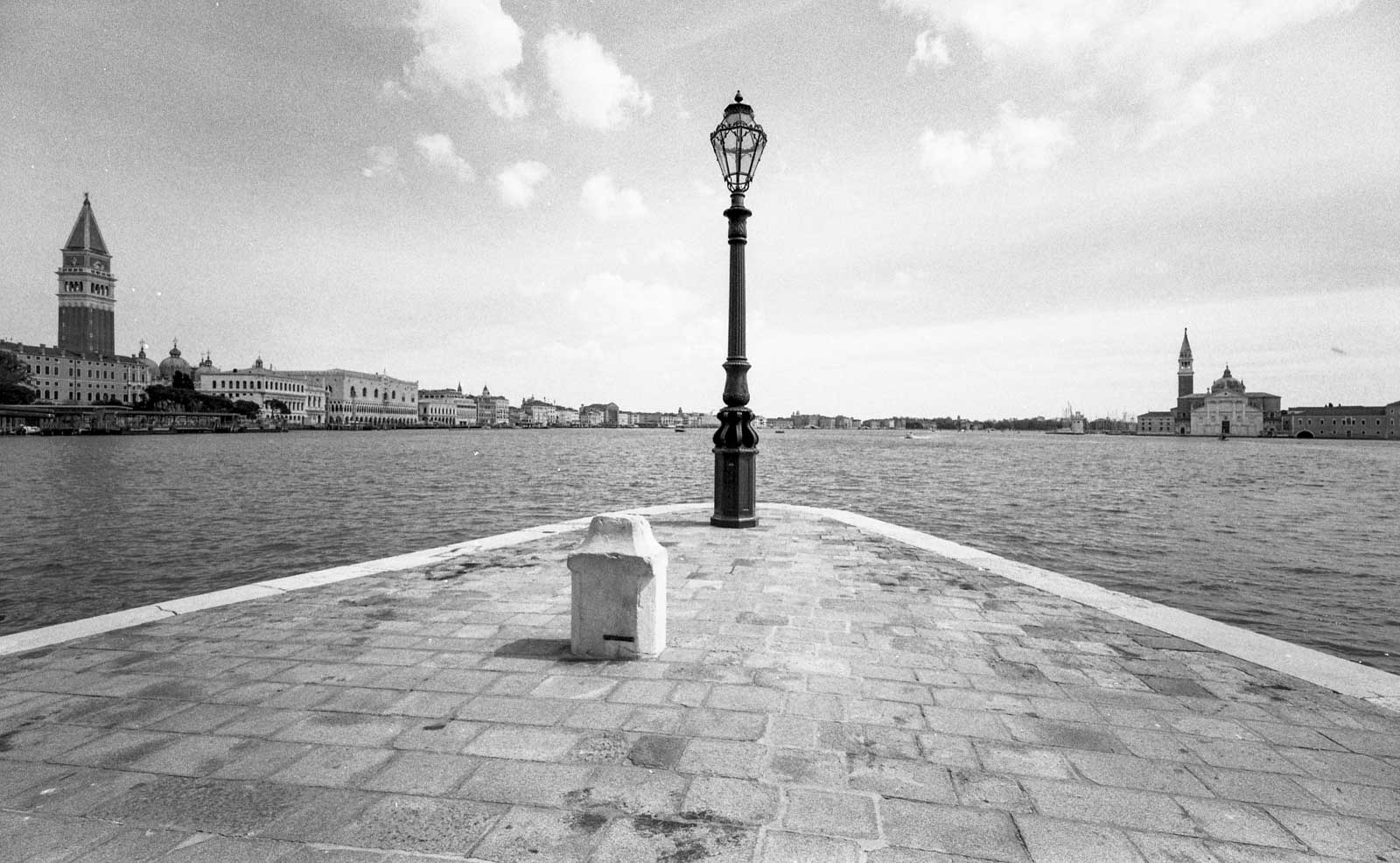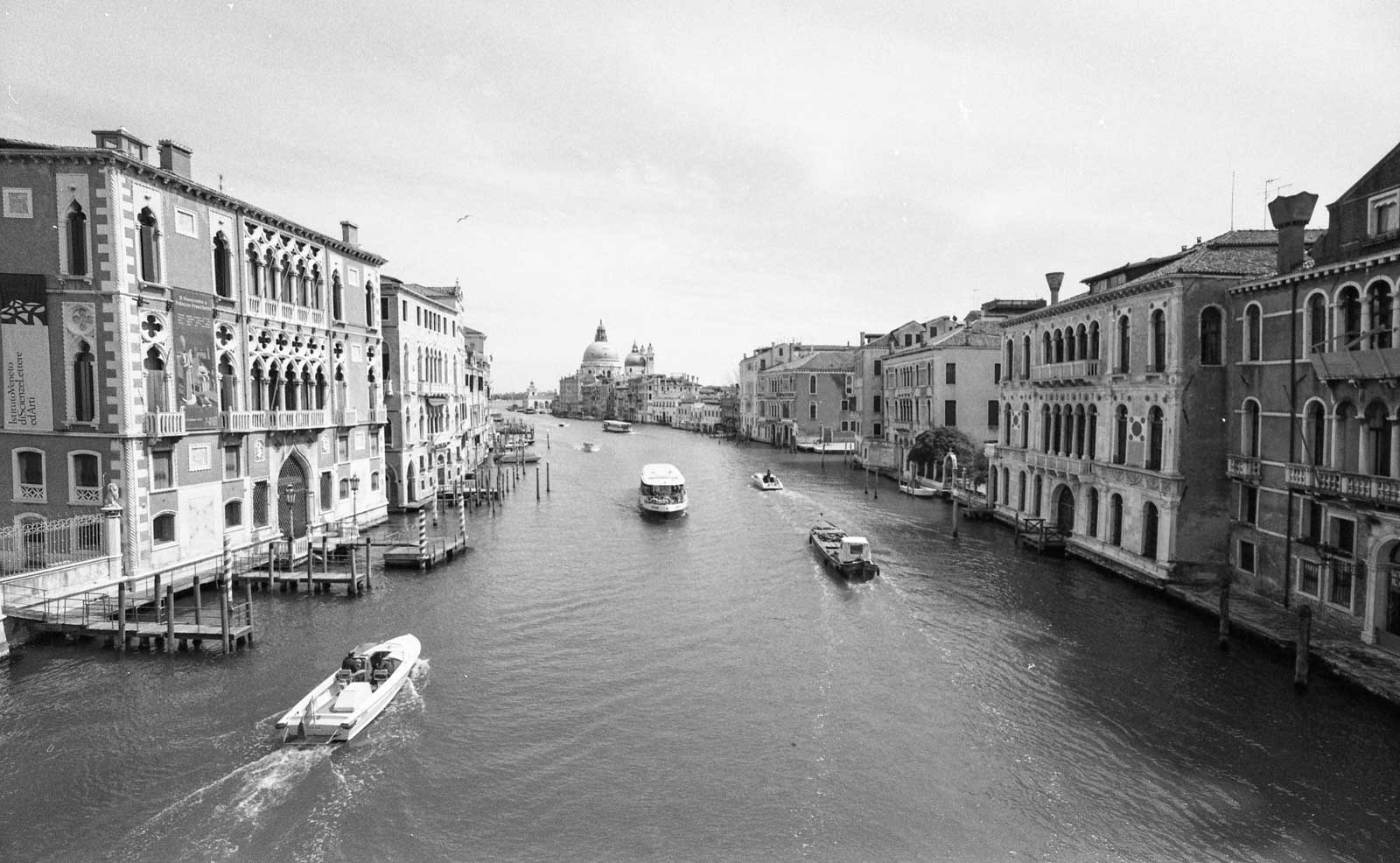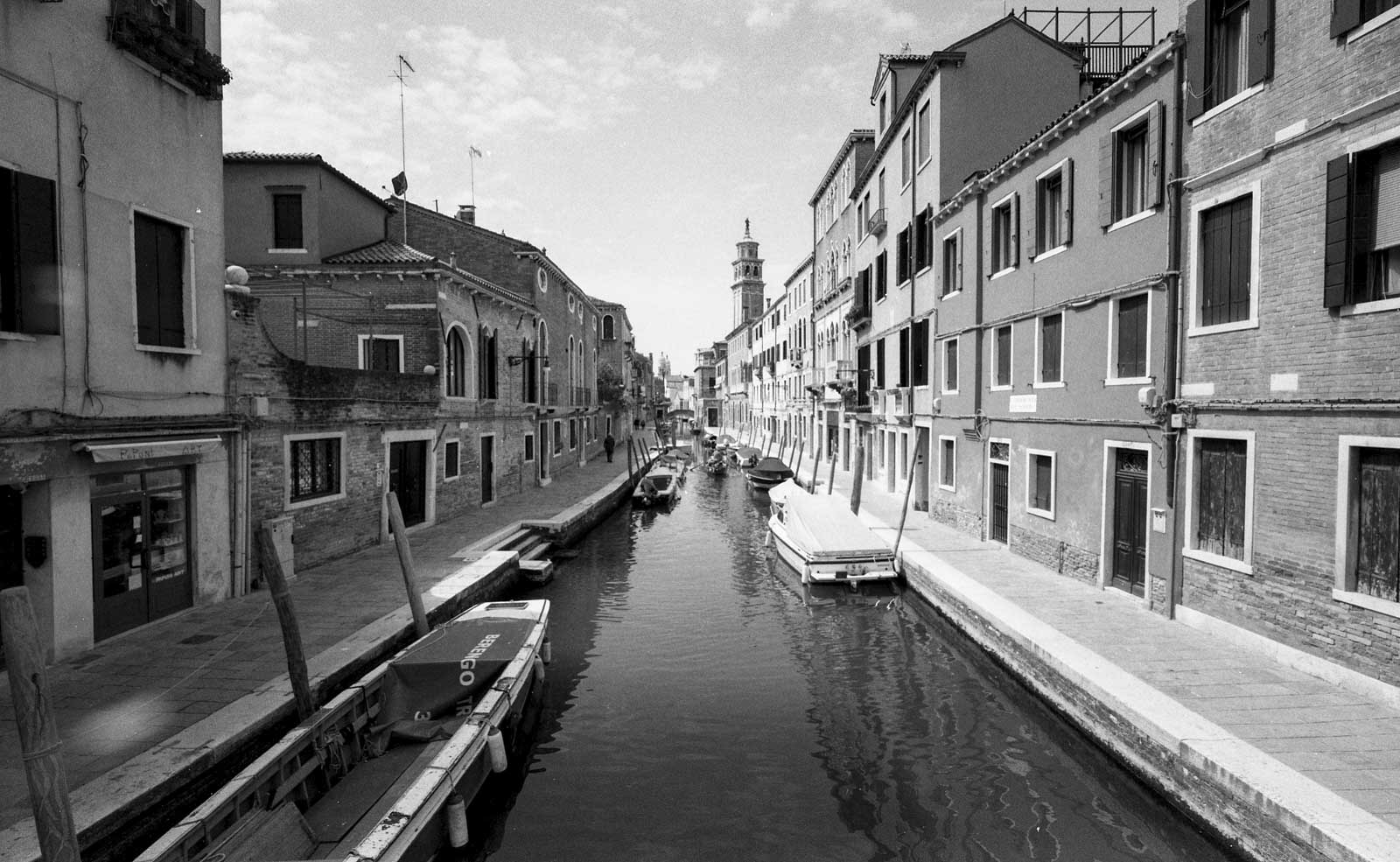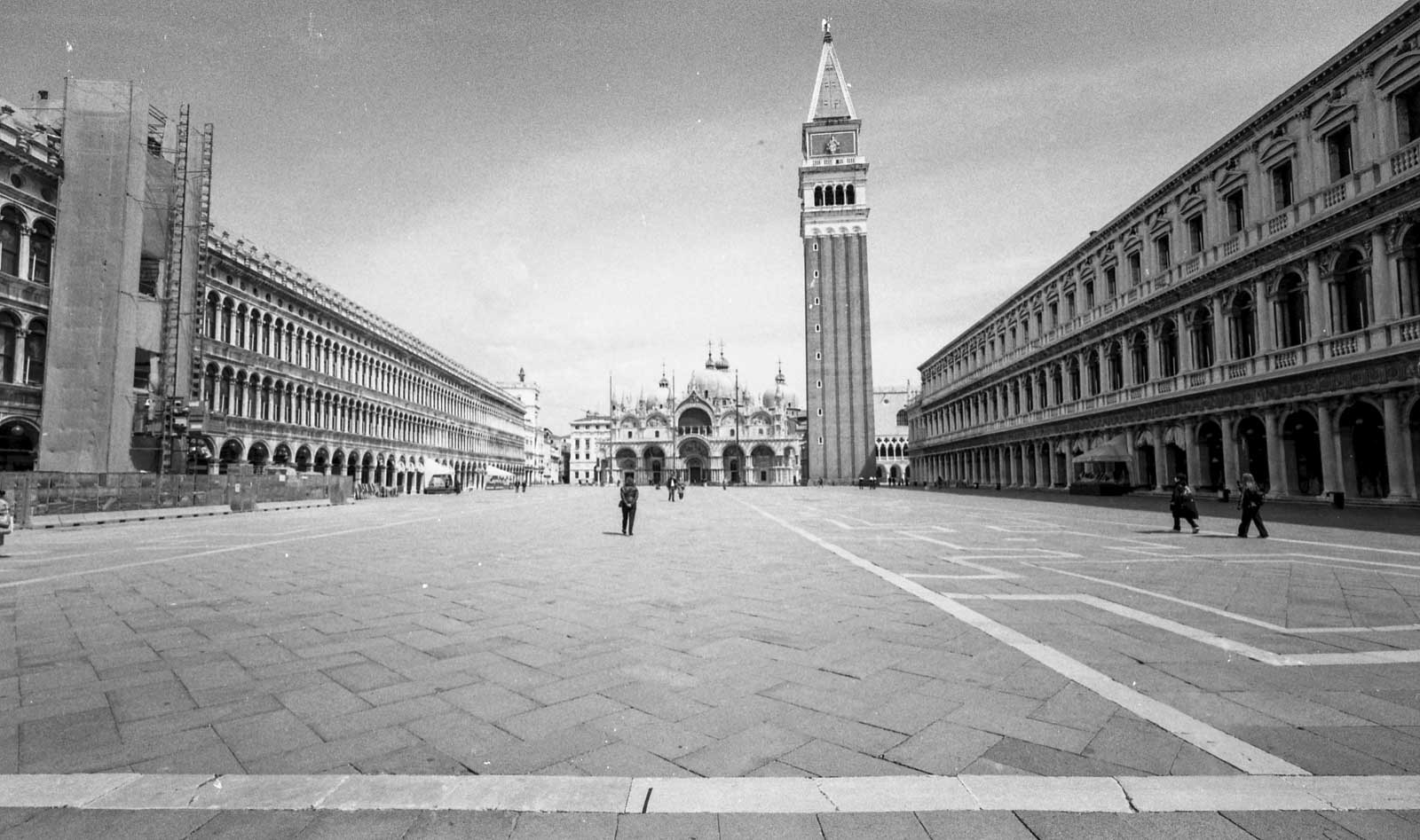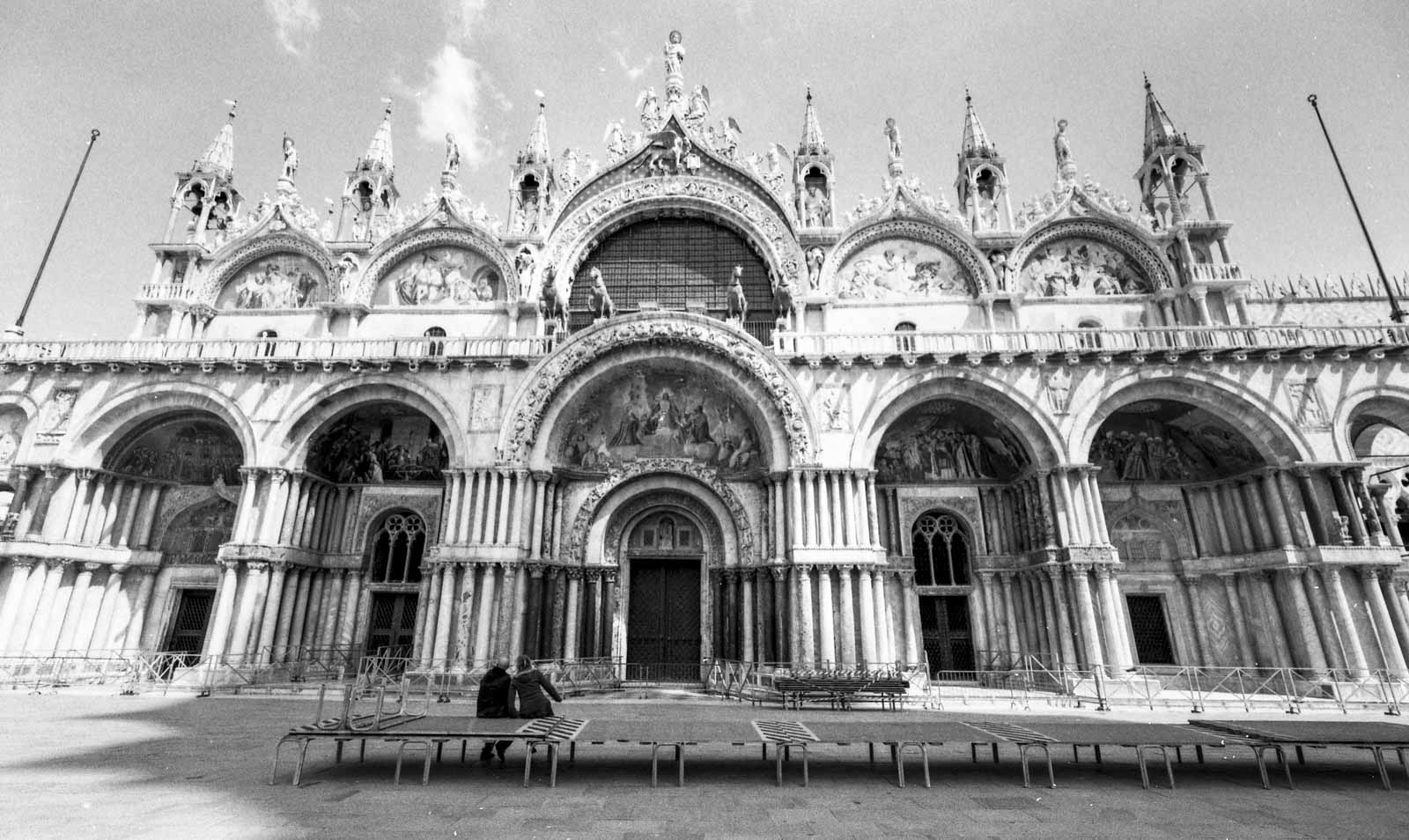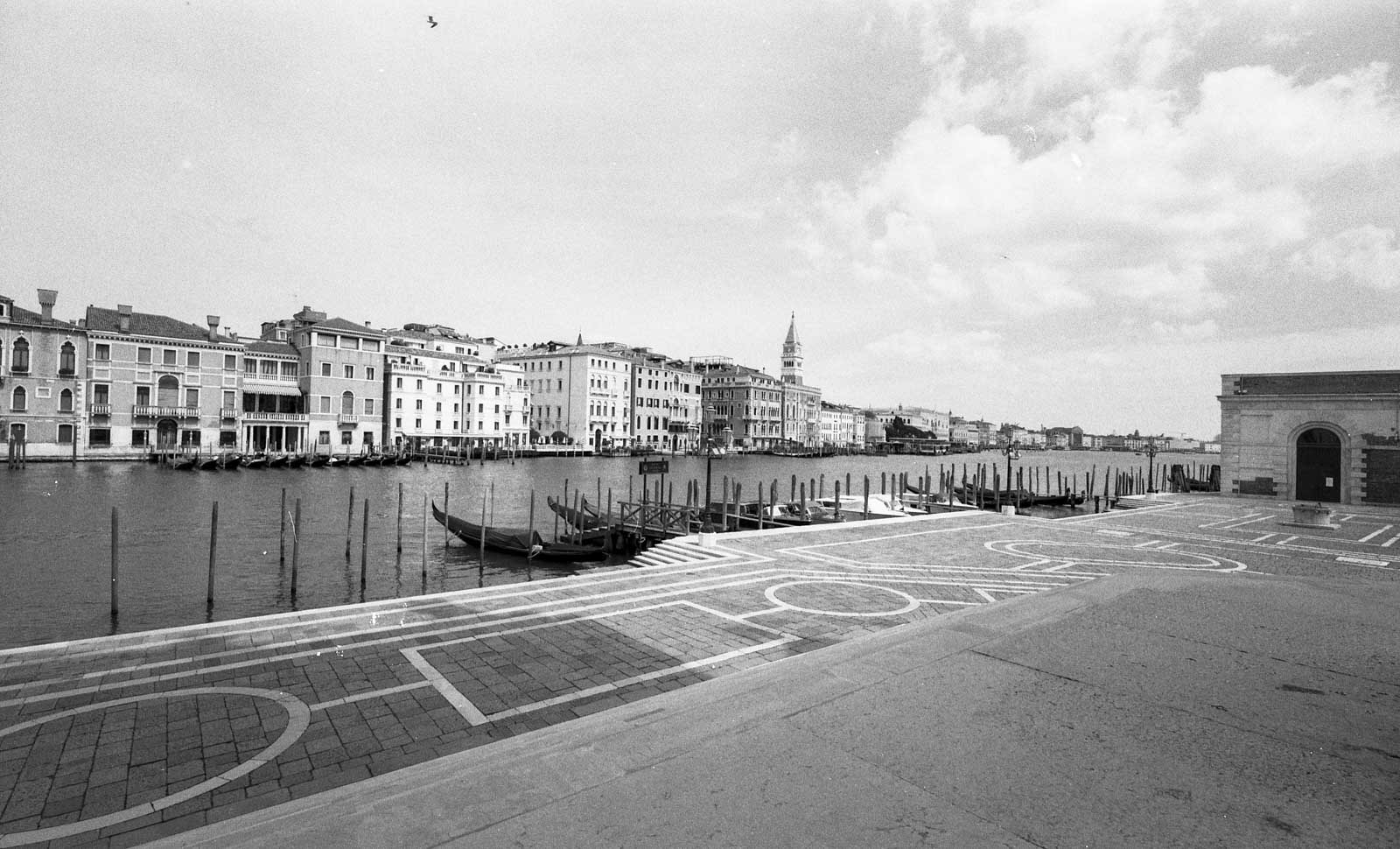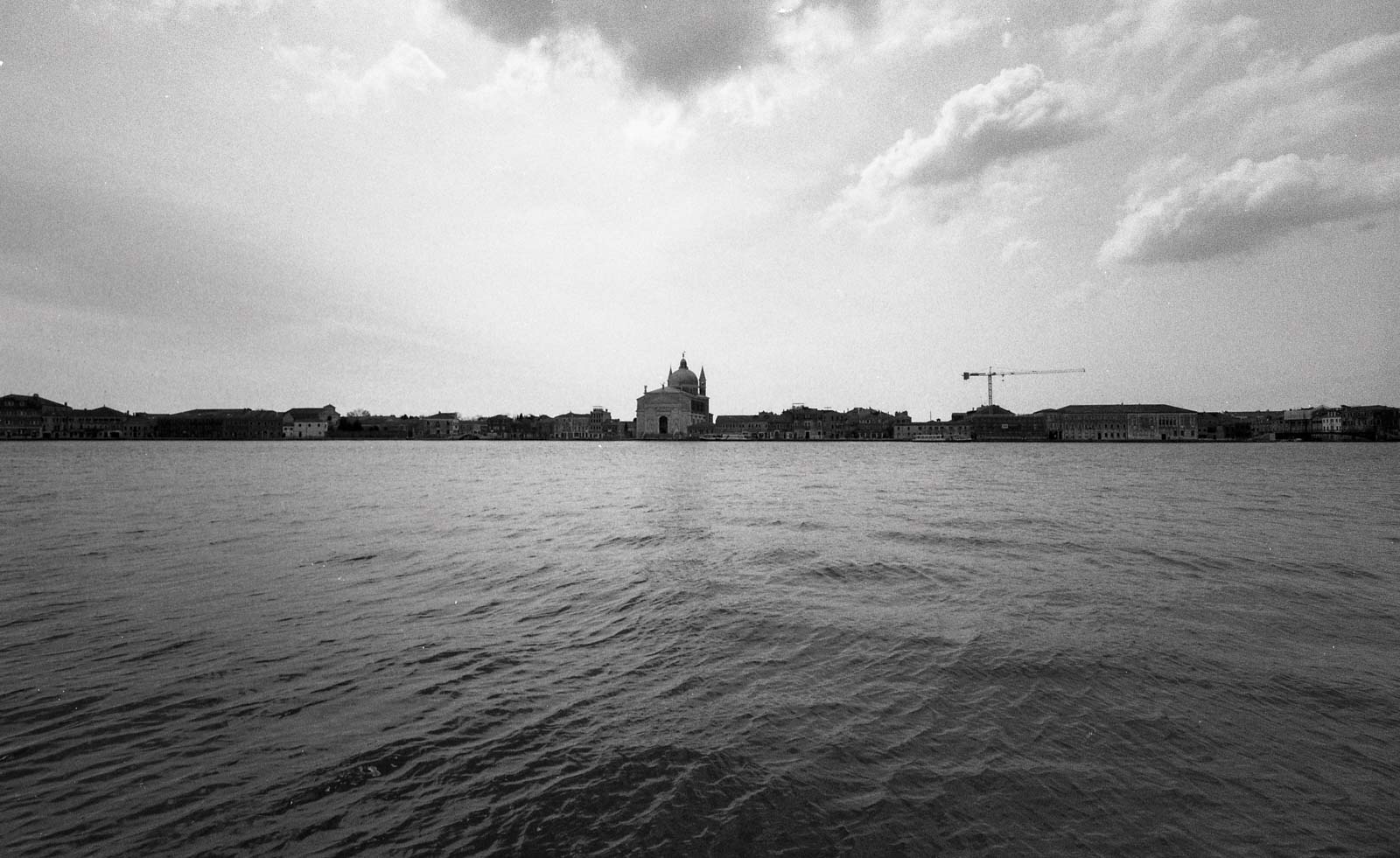TOC
There are things in life that are rarely done, and graduating is for sure one of them. A few weeks ago, the inevitable happened to me too, thus concluding my academic career. Just in those days, my trusted dealer listed a 16mm Hologon, the widest lens ever made for Contax G. Like most 16mm, it is not something one ever really needs. At the same time, it seemed like a curious coincidence, and I was looking for a small gift to buy myself: in other words, I could not resist. I tried to rationalize the purchase in various ways, such as “if I sell it, I earn something”, but the main reason is curiosity. It is a rare and little-known lens, with little information on the web. Right from to start, I said to myself, “well, I have an opportunity to discover it and make it known better to others” and so here I am! In the coming weeks, we will analyze this lens in different situations, with different films and on digital, to understand what makes this lens special even today. Let us start now with some history and some practical tests with a black and white film.
First, you need to understand where this particular lens comes from. Making an ultra-wide-angle is a lot easier today: post-production distortion correction made everything easier. With film, however, you cannot afford these luxuries. It was therefore necessary to design lenses that had minimal distortion with the technologies of the time. The first lens to bear this name was made by Zeiss in 1969, for the Contarex Hologon. This 15mm f8 was set in a mirrorless camera with an external viewfinder, derived directly from the Contarex. As with its big sister, despite the extraordinary technical quality, sales were low and Zeiss soon stopped production. A few years later, however, Leica asked that a batch be made for them, but only 225 were made. I only saw one live, and it was “on offer” for € 12,500. However, this is an interesting piece, apart from collecting, as it first presents the 4x degrading filter, which will be returned later.
When Contax presented the Contax G1 in 1994, the 16mm Hologon was also reintroduced in the kit. The design was completely new but promised a similar - and better - performance than its counterpart twenty years earlier. It was an absurdly expensive lens, with a retail price of $ 3,000 ($ 5,500 today), a bit lower than the retail price today, but not that much lower. Despite the name, the design was new, with 5 elements in 3 groups and a rear element dizzyingly close to the film. The lens features an external viewfinder with a built-in bubble level and a 4x degrading filter. It, to be mounted compulsorily or almost, brings the total aperture to f16, making it difficult to shoot freehand, except on sunny days. For years there has been debate about who the intended public of this lens was. Its detractors have observed how the impossibility of placing filters in front of it made it unsuitable for use. Contax itself considered it more of a gem for collectors, so much so that it was produced in Germany and not in Japan. Furthermore, the subsequent introduction of the Biogon 21mm f2.8 ended up cannibalizing it further. Competition with such a spectacular, sharp lens and the ability to mount filters at a fraction of the price contributed to its oblivion. The bad performance in digital then, given by the presence of the sensor stack, has relegated it to the cabinets of a few lucky collectors.
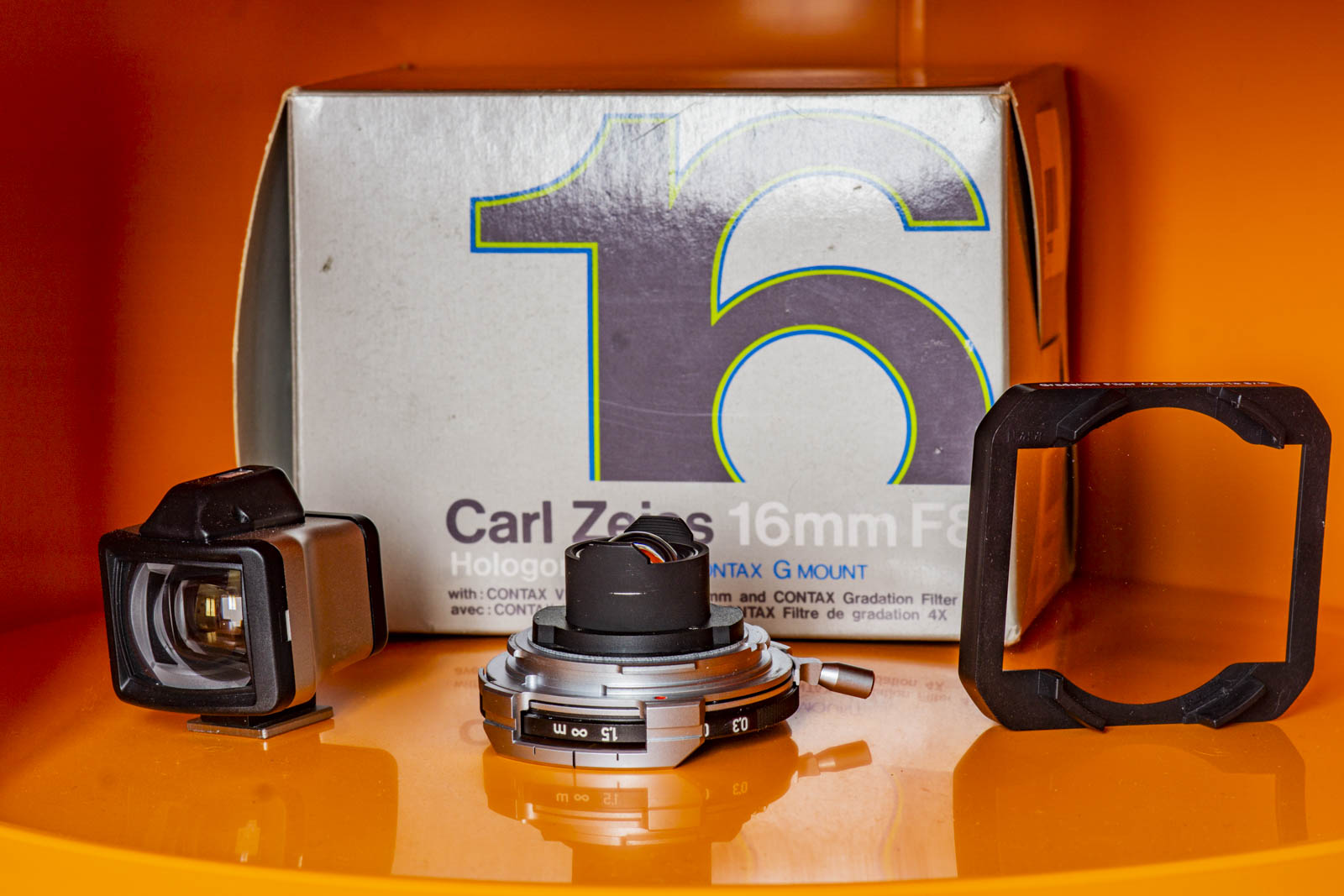
The complete set with box, note the elephantine rear element.
After buying it, I decided to test it in the field, then loaded the camera with Ilford Delta 400 film and left for Venice. The results were very interesting. First of all, the user experience turned out to be simpler than expected. The additional viewfinder is very handy and the main viewfinder, where shutter speeds are exhibited, becomes essentially useless. In fact, on a sunny day, anything over 1/30 can be easily used freehand. The external filter, however, is a mandatory choice to avoid extreme vignetting. It’s pretty funny that an f8 lens has so much vignetting, but I think it’s the price to pay for resolution, lack of aberrations, and no out-of-the-ordinary distortion.
As for the yield, there are few comments to make, we are faced with something that keeps all the promises of its name: whole corner, from ancient Greek. The only visible distortion is the perspective one. It is not correctable, as it is not tilt-shift, but it is the price to pay for a rectilinear lens. Net of this, however, the images are surprising, with an extreme depth and unparalleled correctness. The real challenge is to produce “beautiful” images with it. It is an excessive focal length and therefore it is not suitable for a large variety of uses. I think the hardest thing will be to find situations in which to make the most of it. However, the rendering of black and white, even without filters, is often excellent, without a loss of detail, or a “flattening” of the sky. Probably the sloping filter is of some help in that too. Now I just have to try it with color film and then try to successfully adapt it to digital, but for now, I enjoy its results in black and white! It is the most extreme lens I have ever bought, and -for now- is keeping all of its promises. Below here is a gallery of some shots.
